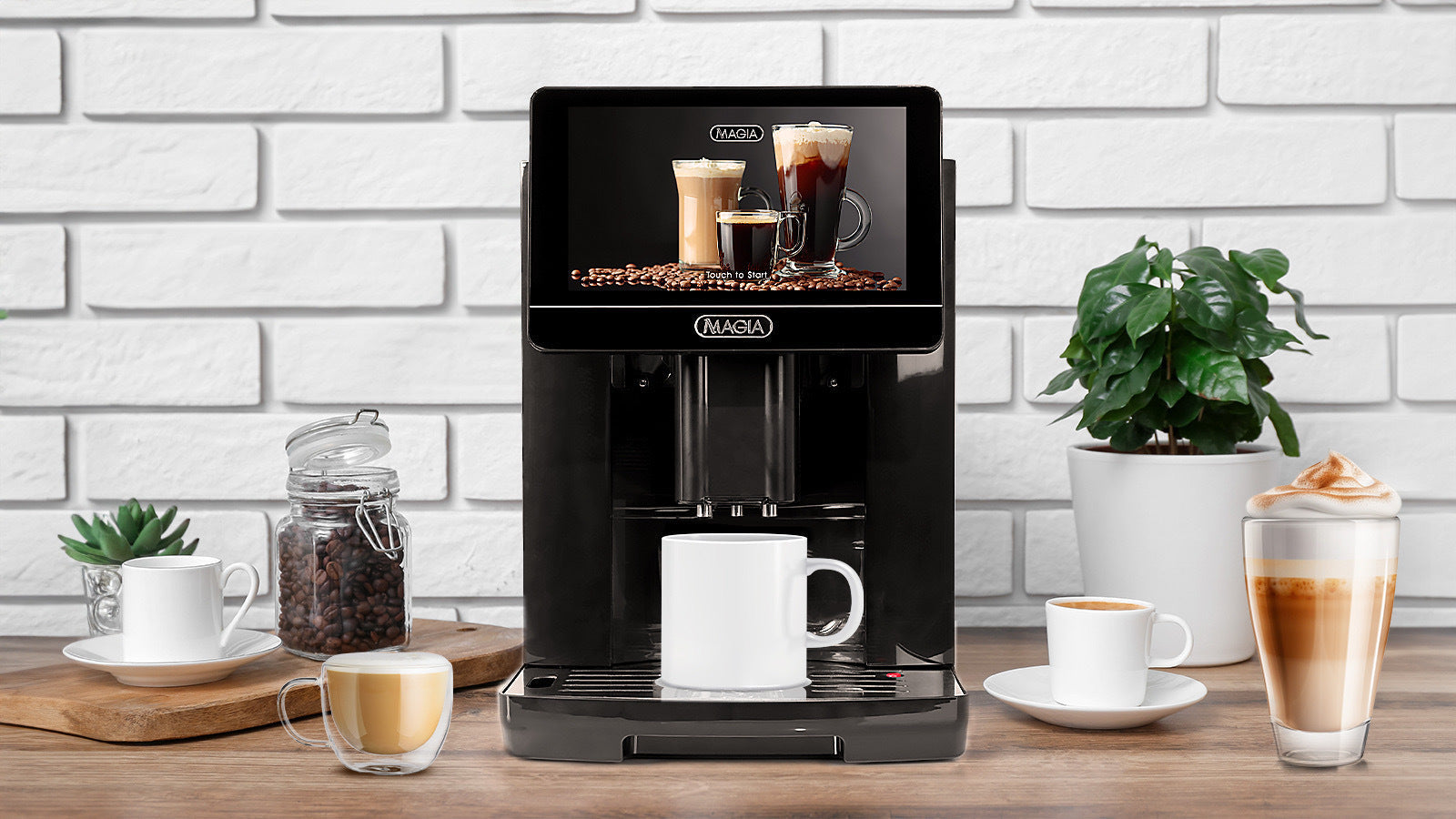
Super Automatic Espresso Machine: Cleaning Guide
Owning a super automatic espresso machine is a delight for any coffee enthusiast. These machines offer the convenience of making high-quality espresso beverages with just the push of a button. However, regular cleaning and maintenance are essential to ensure your machine continues to deliver the perfect cup.
In this guide, we'll walk you through the steps to clean your super automatic espresso machine and provide insights on how often you should perform these tasks.
How to Clean Your Super Automatic Espresso Machine
Cleaning your super automatic espresso machine involves several steps, each targeting different components. Here's a comprehensive guide to keep your machine in top condition:

Daily Cleaning
1. Automatic Cleaning:
-
- Many super automatic machines perform an automatic cleaning cycle daily, especially if they have a milk frother. Ensure the milk tube is placed in a glass of clean water during the cleaning process to maintain hygiene.
2. Empty the Drip Tray and Dreg Drawer:
-
- Remove the drip tray and dreg drawer.
- Empty any liquid and coffee grounds.
- Rinse both components with warm water and let them air dry before reassembling.
- Keep an eye out for the red popup indicator that signals when the drip tray needs emptying.
3. Rinse the Brew Group:
-
- If your machine allows, remove the brew group.
- Rinse it under lukewarm water, ensuring you remove all coffee residues.
- Let the brew group air dry before reinserting it into the machine.
4. Wipe Down the Machine:
-
- Use a damp cloth to wipe the exterior of the machine.
- Clean the coffee spout, steam wand, and milk frother to prevent milk residue buildup.
Weekly Cleaning
1. Deep Clean the Brew Group:
-
- Soak the brew group in warm, soapy water for 15-20 minutes.
- Use a brush to remove any stubborn coffee residues.
- Rinse thoroughly and let it air dry completely before reinserting.
2. Clean the Water Tank:
-
- Empty the water tank and rinse it with warm water.
- Use a soft brush to scrub the inside of the tank, removing any mineral deposits.
- Refill with fresh water.
Monthly Cleaning
1. Descale the Machine:
-
- Follow the manufacturer's instructions to descale your espresso machine.
- Use a recommended descaling solution to remove mineral buildup from the internal components.
- Run a descaling cycle, then rinse the machine thoroughly to ensure no descaling solution remains.
2. Clean the Milk System:
-
- Disassemble the milk system (if applicable) and soak the parts in warm, soapy water.
- Use a brush to clean small parts and ensure all milk residues are removed.
- Rinse thoroughly and reassemble.
Yearly Maintenance
3. Replace Water Filters:
-
- If your machine uses a water filter, replace it as recommended.
- This helps maintain water quality and prolongs the machine's lifespan.
Regular cleaning ensures your super automatic espresso machine performs optimally, delivering delicious coffee every time. By following this guide, you can enjoy your espresso machine for years to come.
Adjusting Automatic Cleaning Settings on Your Super Automatic Espresso Machine
Fine-tuning the cleaning intervals on your super automatic espresso machine ensures it maintains optimal performance and hygiene with minimal effort. Here's a step-by-step guide to help you adjust these settings:
1. Open the Settings Menu:
-
- Begin by turning on your espresso machine.
- Locate the settings icon, usually found on the machine’s display or touch screen panel.
- Tap or select the settings icon to access the main settings menu.
2. Navigate to General Settings:
-
- Within the settings menu, find and select the "General Settings" option. This section typically includes various operational and maintenance settings for your machine.
3. Access Automatic Cleaning Settings:
-
- In the general settings, look for "Automatic Cleaning Settings" or a similar option. This section allows you to customize the cleaning schedule for different components of your machine.
4. Adjust Daily Cleaning Intervals:
-
- Within the automatic cleaning settings, you will see options for daily cleaning tasks.
- Set the intervals for automatic milk cleaning to ensure the milk system is cleaned after each use or at the end of the day, depending on your usage.
- Adjust the timing for the automatic cleaning cycle of the brew unit. You can set this to run after a certain number of brews or at specific times during the day.
5. Fine-tune Additional Cleaning Tasks:
-
- Some machines offer more detailed settings, such as weekly or monthly cleaning cycles for other components like the water tank or descaling cycles.
- Set these intervals based on your machine’s recommendations and your usage patterns to maintain optimal performance.
6. Save Your Settings:
-
- Once you have adjusted all the desired cleaning intervals, make sure to save your settings.
- Exit the settings menu and confirm that the changes have been applied. Your machine should now automatically perform the cleaning tasks at the specified intervals.
By following these steps, you can ensure your super automatic espresso machine remains in top condition with minimal manual intervention, providing you with consistently great coffee and prolonging the life of your machine.
Super Automatic Espresso Machine: Essential Tools and Cleaning Products
Having the right tools and cleaning products is essential to clean your espresso machine properly. Here are some items you should consider:
- Cleaning Brushes:
- Use a small brush to clean hard-to-reach areas like the coffee spout and brew group.
- Descaling Solution:
- Choose a descaling solution recommended by your machine's manufacturer to ensure it effectively removes mineral buildup without damaging the machine.
- Milk System Cleaner:
- If your machine has a milk frother, use a specialized milk system cleaner to remove milk residues.
- Microfiber Cloths:
- Keep a supply of microfiber cloths to wipe down the machine's exterior and other components.
- Water Filters:
- Stock up on replacement water filters to ensure you can change them as needed.
Troubleshooting Common Cleaning Issues
Even with regular cleaning, you might encounter some common issues. Here’s how to address them:
1. Machine Not Brewing Properly:
-
- Ensure the brew group is properly seated.
- Check for blockages in the coffee spout and clean if necessary.
2. Milk Frother Not Working:
-
- Disassemble and clean the milk system thoroughly.
- Ensure there are no blockages in the steam wand.
3. Water Flow Issues:
-
- Descale the machine to remove any mineral buildup affecting water flow.
- Check the water tank and ensure it is seated correctly.
Extending the Life of Your Super Automatic Espresso Machine
Regular cleaning and maintenance can significantly extend the life of your super automatic espresso machine. Here are some additional tips to ensure longevity:
- Use Filtered Water:
- Using filtered water reduces mineral buildup and improves the taste of your coffee.
- Follow Manufacturer's Guidelines:
- Always adhere to the cleaning and maintenance instructions provided by the manufacturer.
- Schedule Professional Maintenance:
- Consider having your machine serviced by a professional once a year to address any potential issues and keep it in optimal condition.
Final Tips
A few final tips to ensure your super automatic espresso machine remains in tiptop shape:
-
- Always refer to your machine's user manual for specific cleaning instructions and recommended cleaning products.
- Use filtered water to reduce mineral buildup and improve the taste of your coffee.
- Regularly check and replace seals and gaskets to prevent leaks and maintain pressure.
By maintaining a consistent cleaning routine, you'll extend the life of your super automatic espresso machine and ensure that every cup of coffee you brew is of the highest quality. Happy brewing!

Frequently Asked Questions About Cleaning Espresso Machines
How often should I descale my super automatic espresso machine?
Descale your machine at least once a month to remove mineral buildup. If you use your machine frequently or have hard water, you may need to descale more often.
Can I use vinegar to descale my espresso machine?
While vinegar is a common household descaler, it is not recommended for espresso machines. Vinegar can leave behind a residue and affect the taste of your coffee. Use a descaling solution suggested by the manufacturer instead.
How do I know if my machine needs cleaning?
Signs that your machine needs cleaning include slower brewing times, reduced steam pressure, off-tasting coffee, and visible buildup on the machine components.
What happens if I don't clean my espresso machine regularly?
Failing to clean your machine regularly can lead to mineral buildup, blockages, poor coffee quality, and even damage to your machine. Regular maintenance is essential for longevity and performance.
Can I put the brew group and other removable parts in the dishwasher?
Check your machine's user manual for specific instructions. Some parts may be dishwasher-safe, but it's generally safer to wash them by hand to avoid damage.
How do I clean the steam wand if it's clogged?
Soak the steam wand in warm, soapy water to loosen any milk residue. Use a cleaning brush or a pin to clear any blockages. Run steam through the wand to ensure it is clear before using it again.
Why does my coffee taste bitter after cleaning?
If your coffee tastes bitter after cleaning, ensure all cleaning agents are thoroughly rinsed from the machine. Any residue from cleaning products can affect the taste of your coffee.
How can I prevent mineral buildup in my espresso machine?
Using filtered water and regularly descaling your machine can help prevent mineral buildup. Replacing water filters as recommended can improve water quality and reduce deposits.
















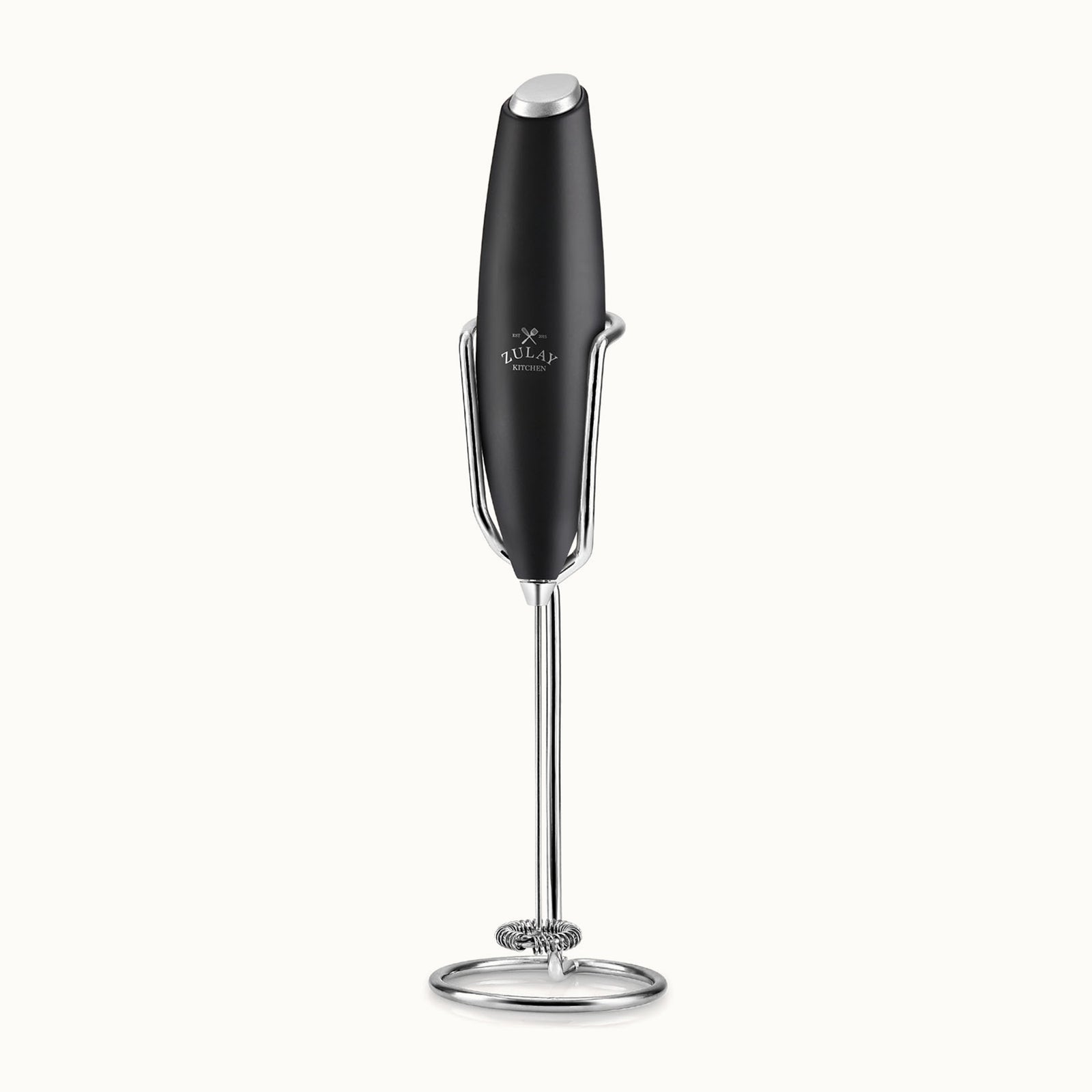
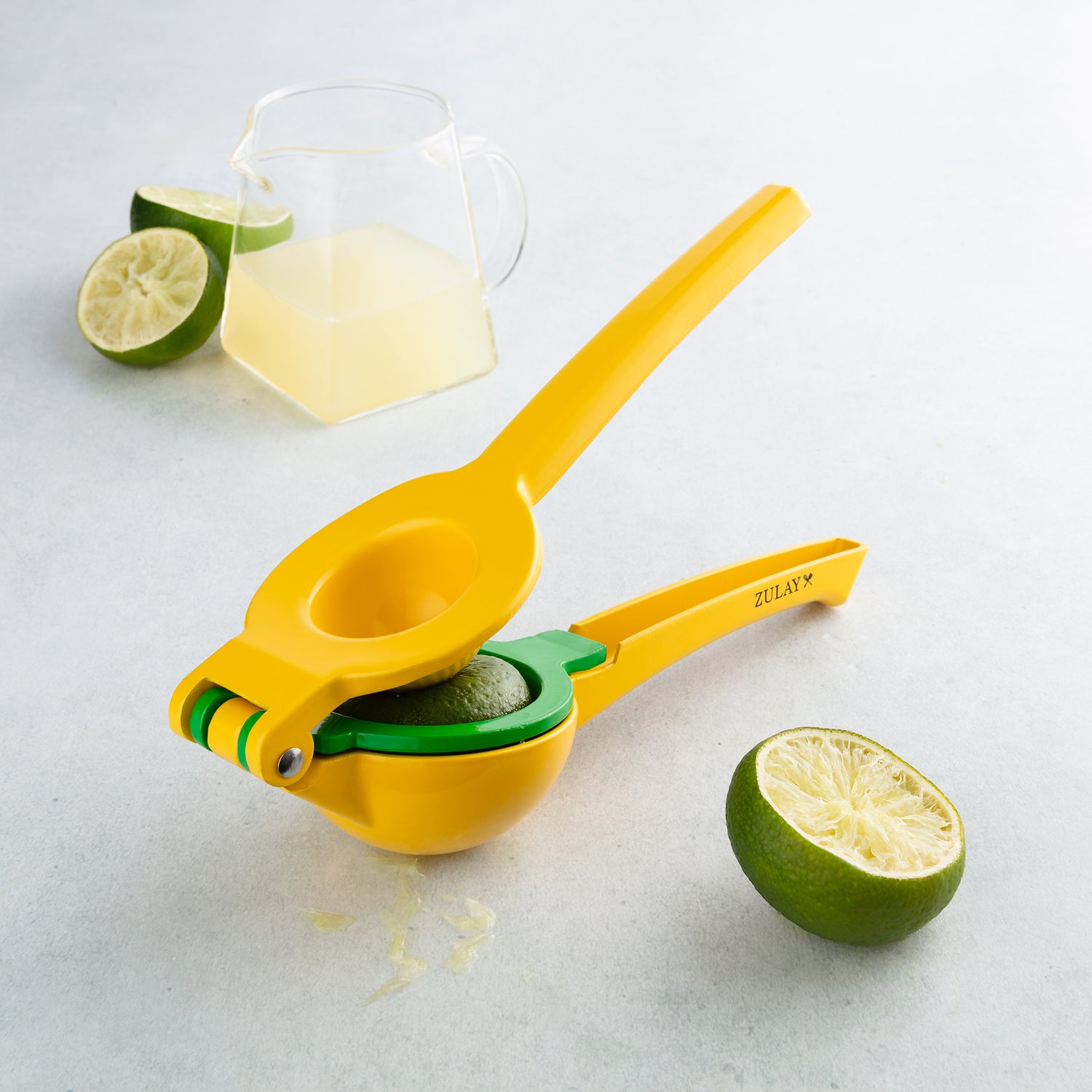
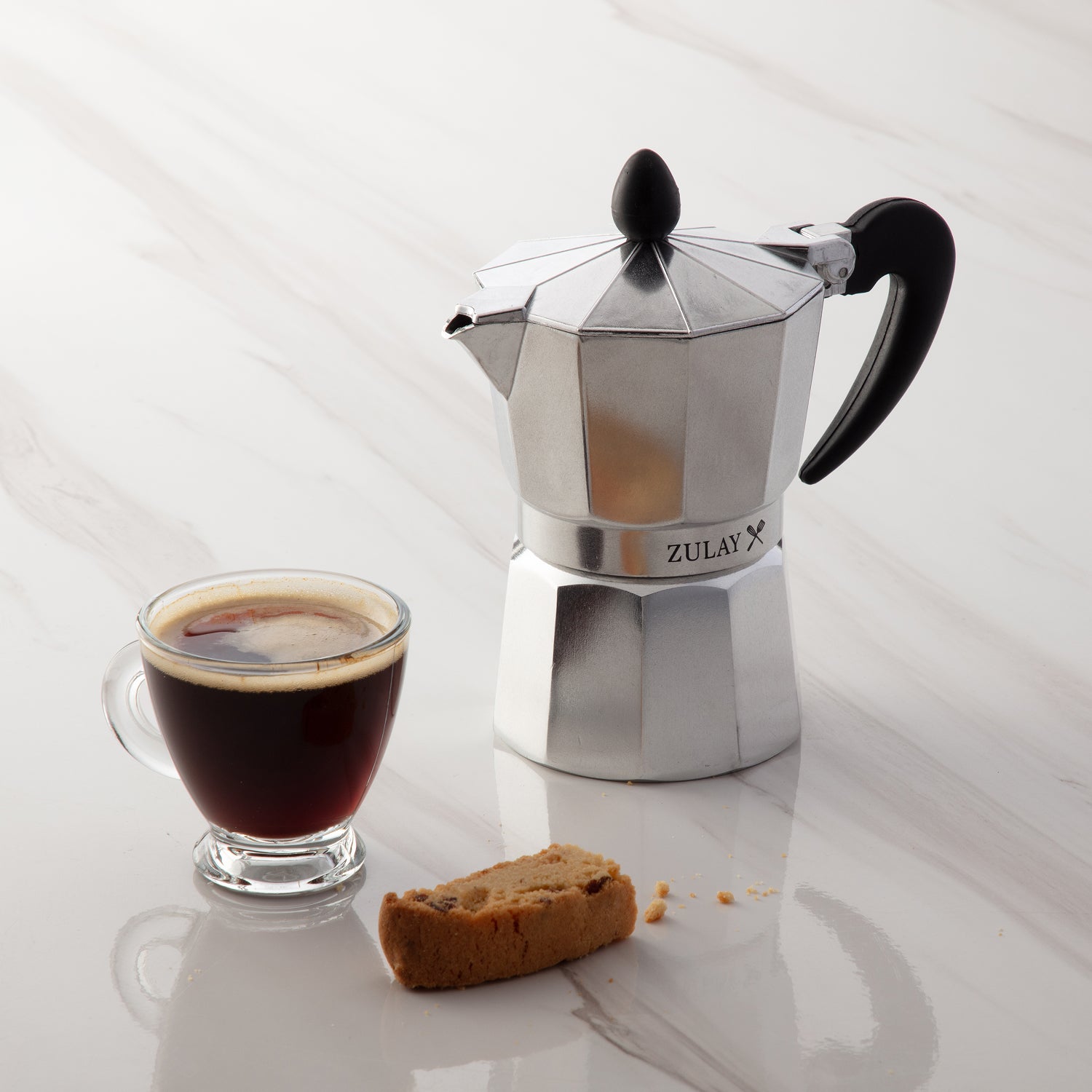



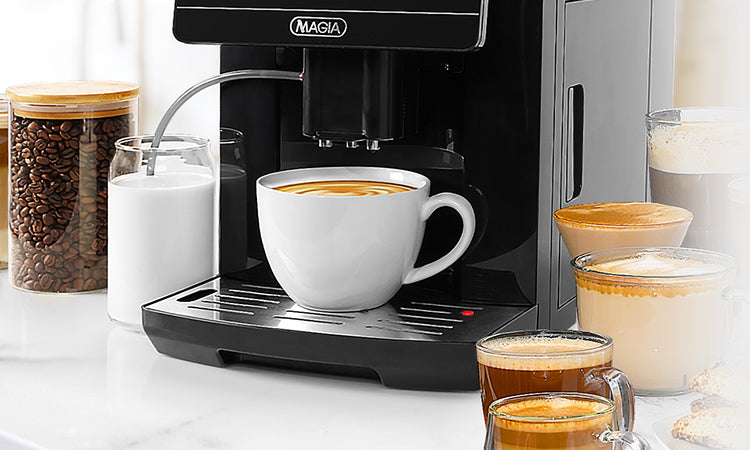
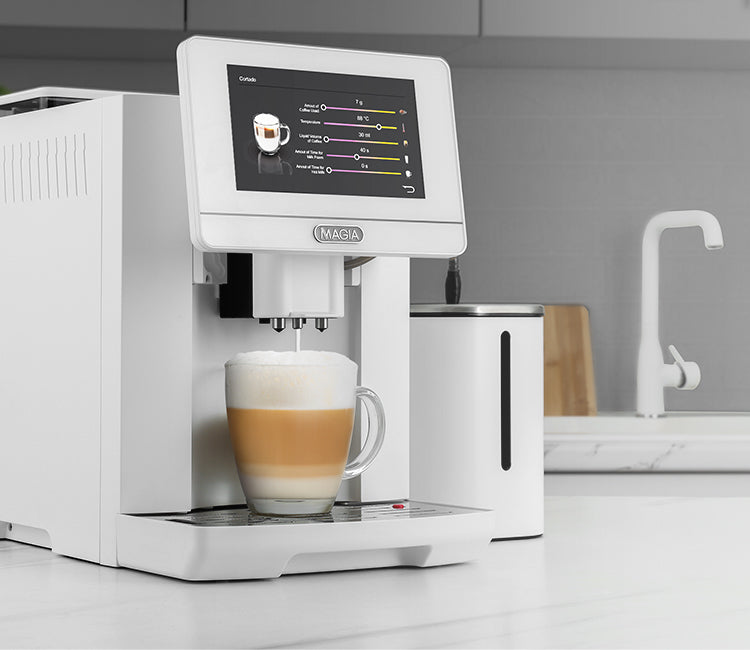
Leave a comment
This site is protected by hCaptcha and the hCaptcha Privacy Policy and Terms of Service apply.